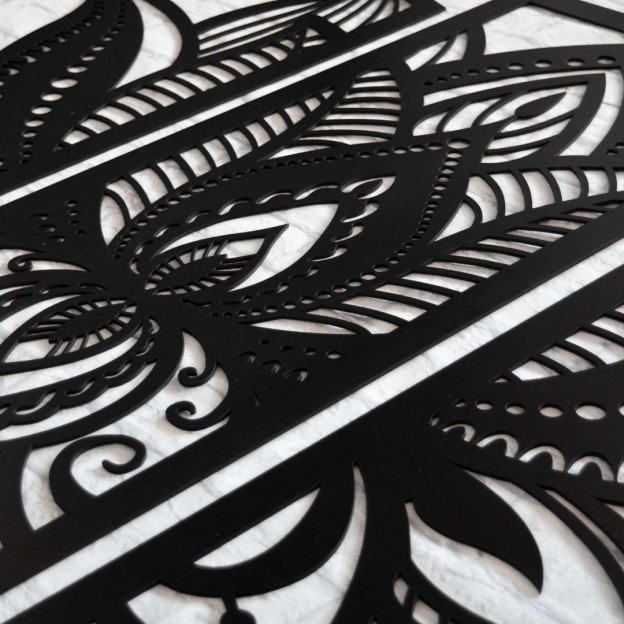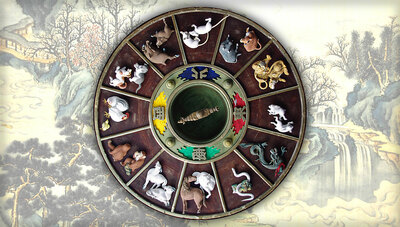
The Universal Symbol of Happiness - The Lotus Flower
The lotus flower is a perfect example of how to make your home cozier while bringing in new energy hidden at the heart of this majestic plant.
Who doesn’t love flowers? They delight the eye, bring harmony to the home, and warm the heart. However, not everyone has a talent for gardening, so opting for floral-themed decorations can be a wonderful alternative.
In this article, you’ll learn everything you need to know about the lotus flower:
- Meaning and Symbolism
- History of the Lotus Flower
- The Lotus Flower in Various Cultures
- The Lotus Flower in Art - Tattoos
- The Importance of Color
- Interesting Facts About the Lotus Flower
- Home Decoration
1. Meaning and Symbolism of the Lotus Flower
In many texts, the lotus represents the beginning of the world and the emergence of life. It is a symbol of rebirth, beauty, life, happiness, spiritual purity, the unity of the microcosm and macrocosm, and the harmony between masculine and feminine energies. It also symbolizes energy for a happy family, growing prosperity, and marital bliss. If you want to invite these qualities into your life, incorporating lotus flower-themed decorations is an excellent choice.
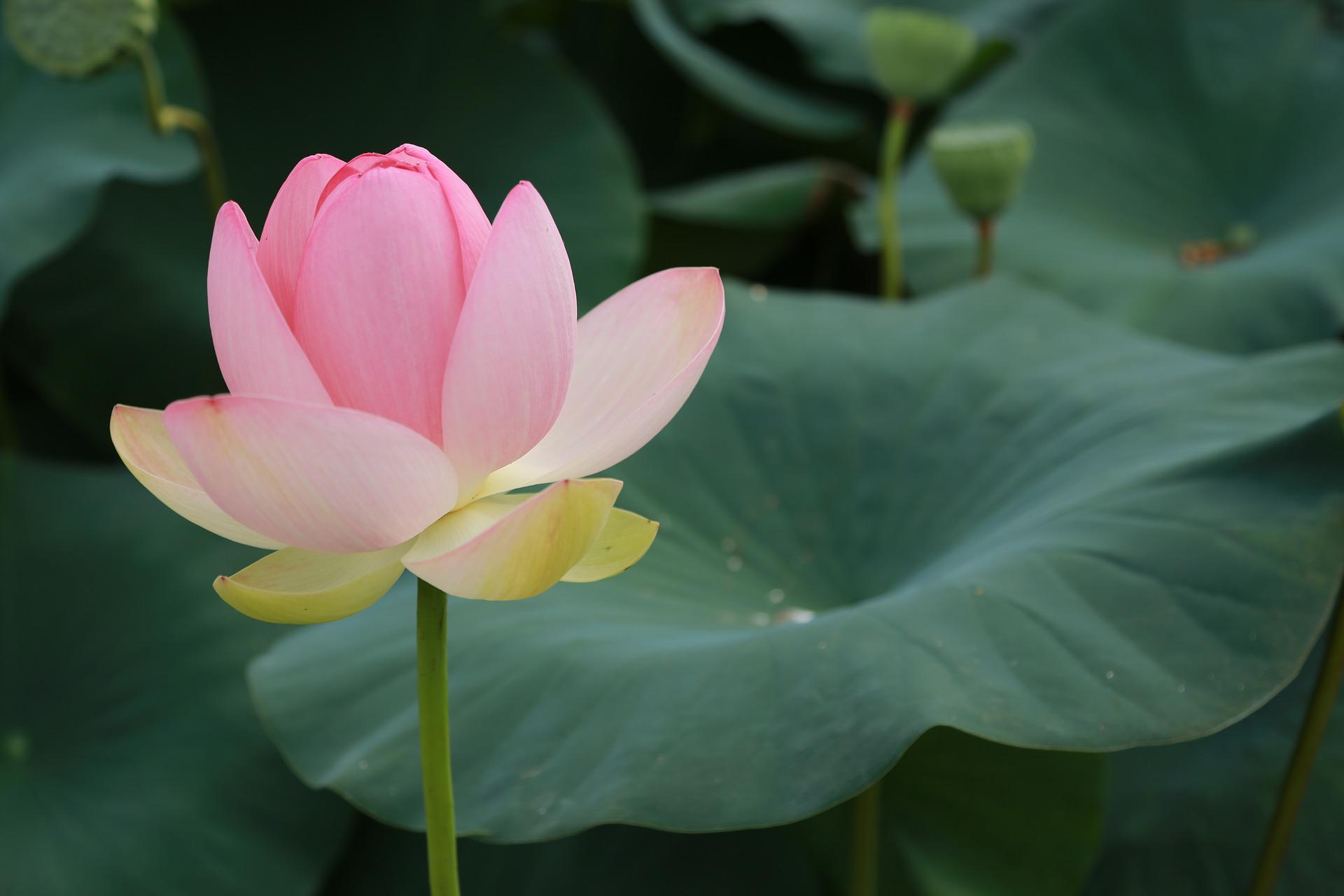 Source: pixabay.com
Source: pixabay.com
The lotus thrives in challenging environments, such as marshy areas, symbolizing resilience. It is often associated with the complex processes of life that humans face. The lotus flower appears in many religions and cultures and has inspired countless artists. Some believe that placing a lotus flower in your office can attract wealth and increasing income. Whether or not this holds true, it’s best to work hard and not rely solely on the plant's mystical powers. A lotus flower placed in the bedroom or living room is said to ensure a happy and harmonious marital life. When positioned near a window, a crystal lotus flower captures sunlight, generating positive energy and clearing negativity.
2. History of the Lotus Flower
The lotus flower has fascinated civilizations throughout history, becoming a core symbol for many cultures. It is considered sacred and is one of the oldest symbols, holding deep meanings in Eastern societies, while also appearing in the West. The lotus flower is found in fossil records dating back between 145.5 million and 65.5 million years. It once thrived across the Northern and Southern Hemispheres. As the Earth cooled and certain water sources dried up, its habitat diminished. Today, the lotus can be found from Iran to Japan. It is believed that the lotus was introduced to Egypt from India in the 6th century BC through ancient trade routes connecting the East and West. However, some argue that Egyptian lotuses originated in Iran. They flourished along the Nile River and were later cultivated by the ancient Greeks.
3. The Lotus Flower in Various Cultures
According to ancient Egyptian myths, the lotus was the first being on Earth. It rose from primordial waters and light. In one creation myth, the Egyptian god Ra appears as a child floating on the waters within a lotus flower. The lotus became a symbol of the sun in Egypt and embodied the god Nefertem, often depicted emerging from a lotus bud. The *Egyptian Book of the Dead* mentions the lotus as one of the forms a deceased person can take. Alongside papyrus, the lotus symbolized both Lower and Upper Egypt, and its flowers adorn ancient Egyptian temples, tombs, columns, and structures.
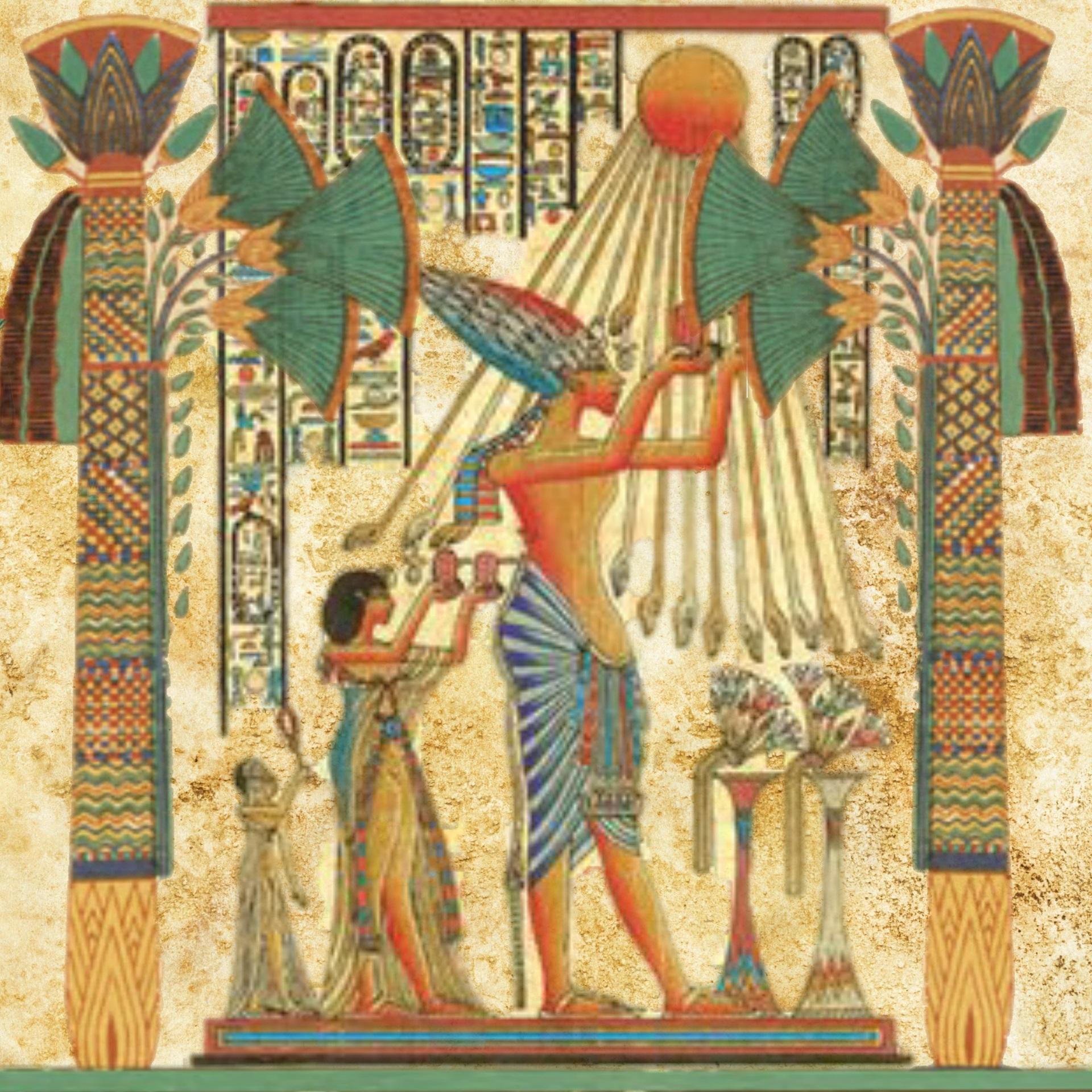 Source: pixabay.com
Source: pixabay.com
In various Asian religions, particularly Buddhism and Hinduism, the lotus is a symbol of perfection. Its unique nature represents the journey from darkness to enlightenment and a new way of life.
In Buddhist tradition, the lotus rises above muddy waters, symbolizing the act of transcending all desires. According to Buddhism, it is the key to achieving spiritual enlightenment. The fact that the flower grows upward from muddy roots symbolizes striving toward the light, representing the path from darkness to the illumination of wisdom.
Some Buddhist legends suggest that Buddha himself was born from a lotus flower.
In Hindu tradition, the lotus represents wisdom and spiritual enlightenment, flourishing in murky waters without being affected by them. This reflects the idea that a person can remain untouched by worldly temptations and achieve spiritual perfection.
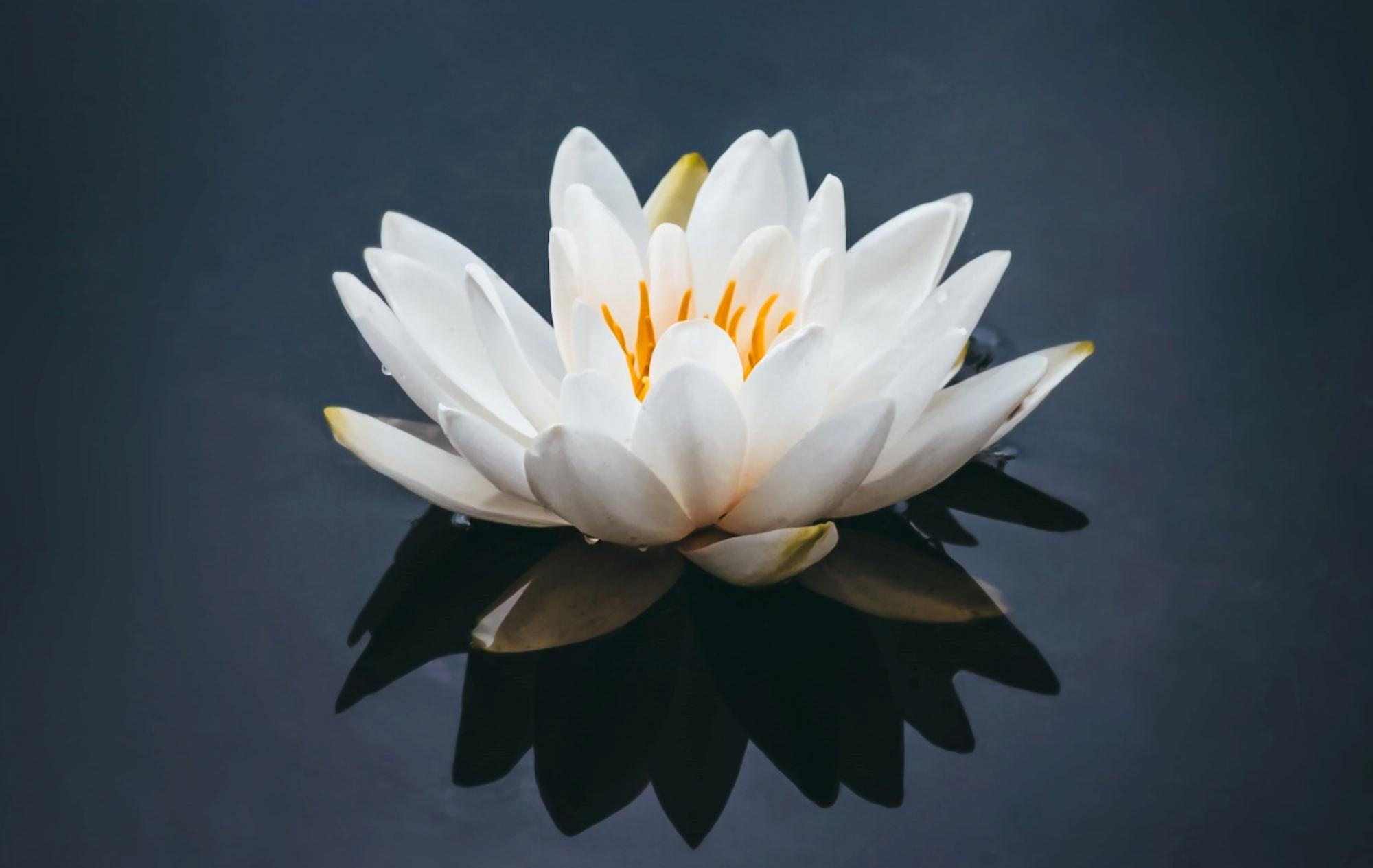 Source: unsplash.com
Source: unsplash.com
In Chinese culture, the lotus is associated with spiritual transformation, helping individuals progress through the three stages of human development: ignorance, overcoming misunderstandings, and understanding life. Lotus buds represent the present, while seeds symbolize the future.
 Source: pixabay.com
Source: pixabay.com
The Lotus Flower in Modern Architecture
The modern Cairo Tower in Egypt features a lattice design inspired by the lotus flower. Burj Al-Qahira (Cairo Tower) is a modern observation tower with a revolving restaurant and is the tallest structure in Egypt.
 Source: pixabay.com
Source: pixabay.com
The Lotus Temple in New Delhi, India, is one of the most visited sites globally. This architectural marvel resembles a lotus with nine petals and is surrounded by reflecting pools. Its entire surface is made of white marble.
 Source: pixabay.com
Source: pixabay.com
The Lotus Building in Wujin, China, captures the key stages of a lotus flower's development—from bud to full bloom.
 Source: studio505
Source: studio505
4. The Lotus Flower in Art - Tattoos
In Asian art, the lotus throne—a stylized lotus flower—is used as a pedestal for divine figures in Buddhist and Hindu art. This concept originates from Indian art and was heavily influenced by Indian religions throughout East Asia. Its exact form varies but represents the opening of an Indian lotus flower.
 Source: freepik.com
Source: freepik.com
The lotus flower is a popular tattoo choice for individuals who prioritize spiritual values over materialism, focusing on interpersonal relationships and inner growth. It is a delicate and aesthetic symbol that gives its wearer an aura of friendliness, optimism, and creativity.
 Source: freepik.com
Source: freepik.com
Lotus flower tattoos are more commonly chosen by women, who often prefer this subtle design for discreet areas like the ankle, wrist, or back of the neck. Some women incorporate the lotus flower into mandalas for more intricate and larger tattoo designs. Ultimately, tattoo placement and design depend on personal taste and lifestyle.
The choice of color also plays a significant role. A pink or red lotus tattoo on the back signifies emotional depth and a willingness to make sacrifices for love and friendship. These colors represent the intensity and transformative power of love in its many forms. On the other hand, blue lotus tattoos symbolize wisdom and a rational outlook, reflecting a preference for logic over emotion. While less common, white lotus tattoos are often found in minimalist designs, such as on a ring finger, symbolizing perfection, courage, and protection from both physical and emotional harm.
5. The Meaning of Lotus Flower Colors
In Buddhist iconography, the color of the lotus flower carries specific significance:
- Blue lotus symbolizes perfection and wisdom.
- Golden lotus represents the enlightenment of all Buddhas.
- Pink lotus signifies Buddha himself, as well as the history and lineage of Buddhas.
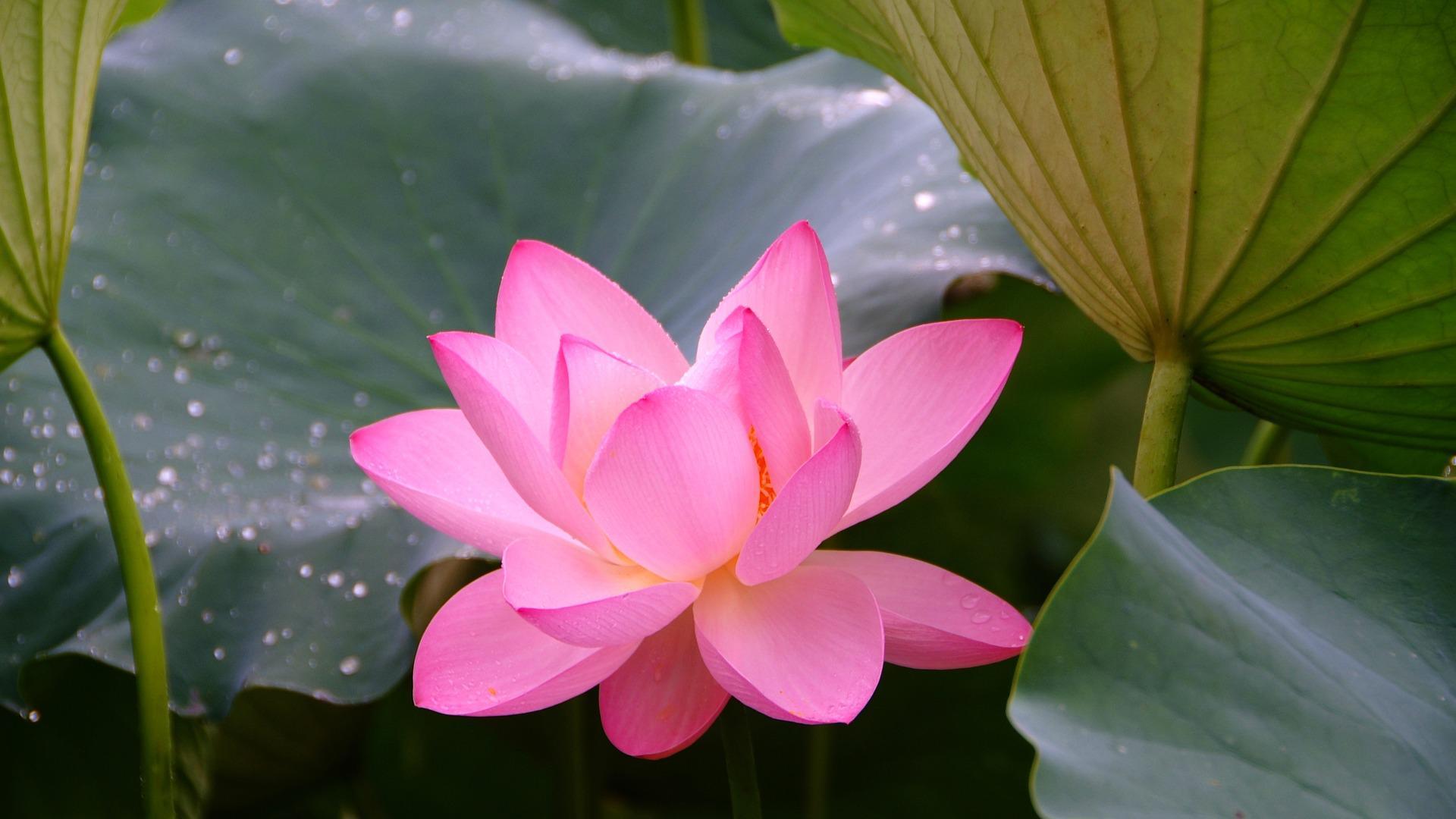 Source: pixabay.com
Source: pixabay.com
- Purple lotus is rare and mystical, with meanings that vary depending on the number of flowers depicted together.
- Red lotus is connected to the heart and represents our pure, natural emotions. Its symbolism extends to fertility, with the red flower representing femininity and the stem symbolizing masculinity.
- White lotus signifies a state of spiritual purity, free from all negativity and evil.
6. Fascinating Facts About the Lotus Flower
- Lotus flowers open early in the morning and close again at night. This cycle lasts about 3–4 days, after which a new flower replaces the old one.
- The flower blooms at dawn and closes at dusk. Early in the morning, the petals are a vibrant pink, while by noon, the colors may range from white to pink. Lotus flowers are best harvested at dawn for medicinal or culinary use.
- The sweet fragrance of the lotus flower attracts numerous insects and birds. It’s the perfect addition to a pond teeming with life.
- Seeds from lotus flowers can germinate even after centuries—earning the plant the nickname “the flower of eternal youth.”
- Essential oils made from lotus flowers are highly effective for stress relief. Regular use can help relax the body and clear the mind.
- The surface of lotus leaves is covered in tiny waxy bumps and dimples, making them resistant to water and dirt. This unique property led to the ancient saying, “The lotus is always pure.”
- The lotus root is rich in starch, containing 15% sugar, vitamin C, and fats.
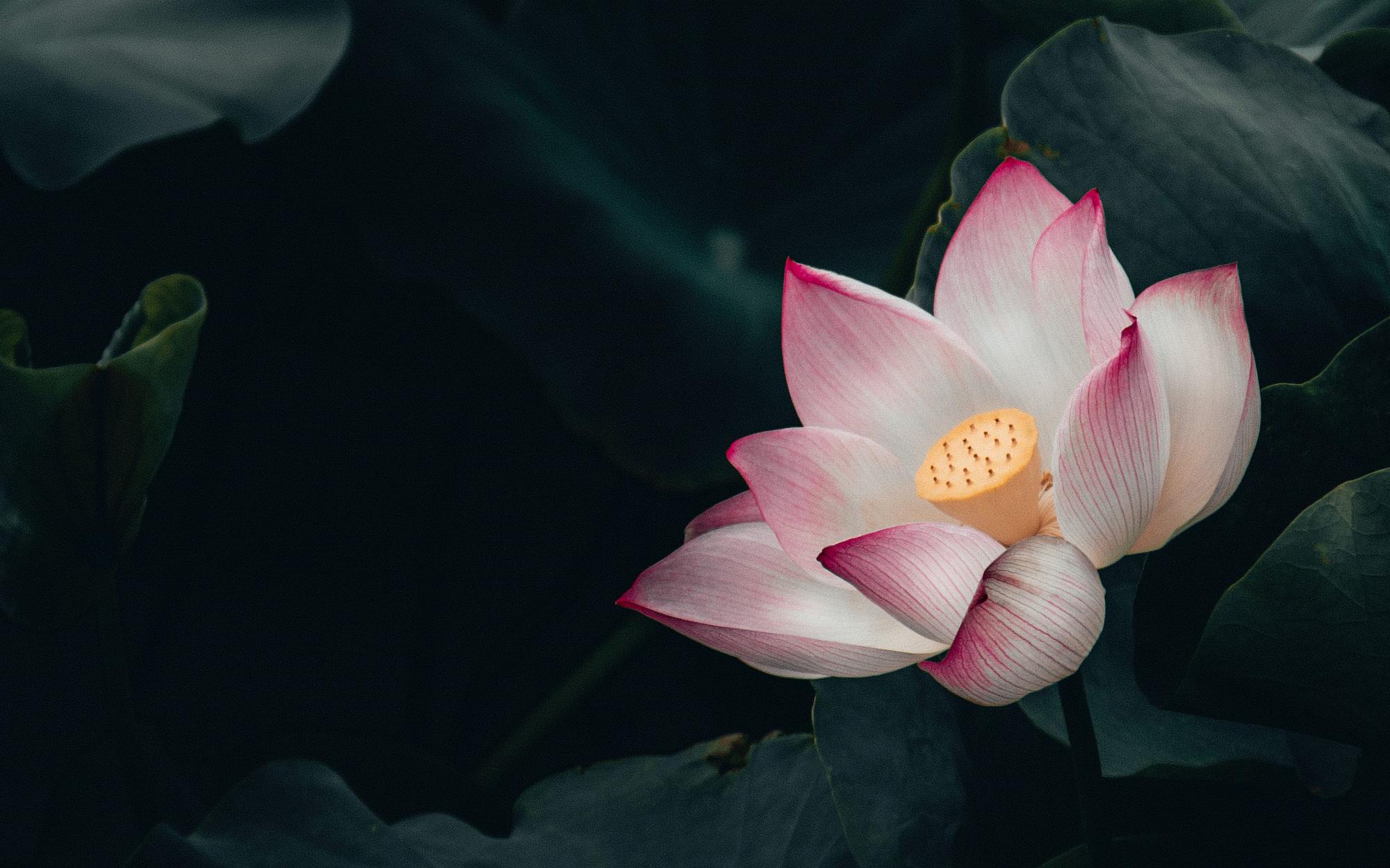 Source: unsplash.com
Source: unsplash.com
- If improperly prepared, lotus roots can cause poisoning. In extreme cases, early harvesting or improper handling can be fatal without medical intervention.
- The lotus flower is believed to neutralize black magic when placed in a space, protecting people from negative energies.
- It helps combat depression and melancholy, slowly releasing energy that “heals” the psyche.
- The lotus is the only flower that is also a fruit. Its fruit, shaped like an inverted cone, is hidden inside the flower. When the flower is closed, it has no scent, but when open, it emits a fragrance similar to hyacinths. This hypnotic aroma is said to have mind-altering properties.
7. The Lotus as a Home Decoration
The lotus flower is a wonderful addition to any home, given its positive effects on mental well-being. While it can be grown in a pond, it is also available in decorative forms such as candleholders or wall art.
As mentioned earlier, placing a crystal lotus flower near a window maximizes its benefits by harnessing sunlight to fill the space with positive energy. A glass candleholder paired with a lotus-scented candle can further enhance the soothing ambiance.

Lotus flower mandalas, crafted from natural materials, are trendy and complement any interior. These decorations bring harmony to your home and fill empty wall spaces, whether in the living room or bedroom. They can also be customized to match your interior design—wall colors, furniture style, and placement. You can even place them in your hallway or entryway; it’s all about personal preference. Our website also offers lotus mandalas, meticulously designed to add new energy to your space. Choose the one that fits your style:
If you’re uncertain about your choice of decorations, the lotus flower is a safe bet that promises a balanced and fulfilling life, a happy marriage, and financial success. Even if you don’t believe in its mystical powers, you can always appreciate the beauty it brings.
Sources:
- EBERHARD, WOLFRAM, 1909–1989. *Lexicon of Chinese Symbols: The Illustrated Language of China*. Prague: Volvox Globator, 2001. (1st ed.) ISBN 80-7207-401-6.
- PAKHOUTOVA, ELENA et al. *The Second Buddha: Master of Time*. [s.l.]: [s.n.]. ISBN 978-3791357539.
- HRDLIČKOVÁ, VĚNA. *Plants as Symbols in Chinese and Japanese Culture*. Prague: Grada, 2010. ISBN 978-80-247-1985-6.
- Lotus Plant Study [online]. *www.flowersociety.org*, accessed May 25, 2020.














































































































